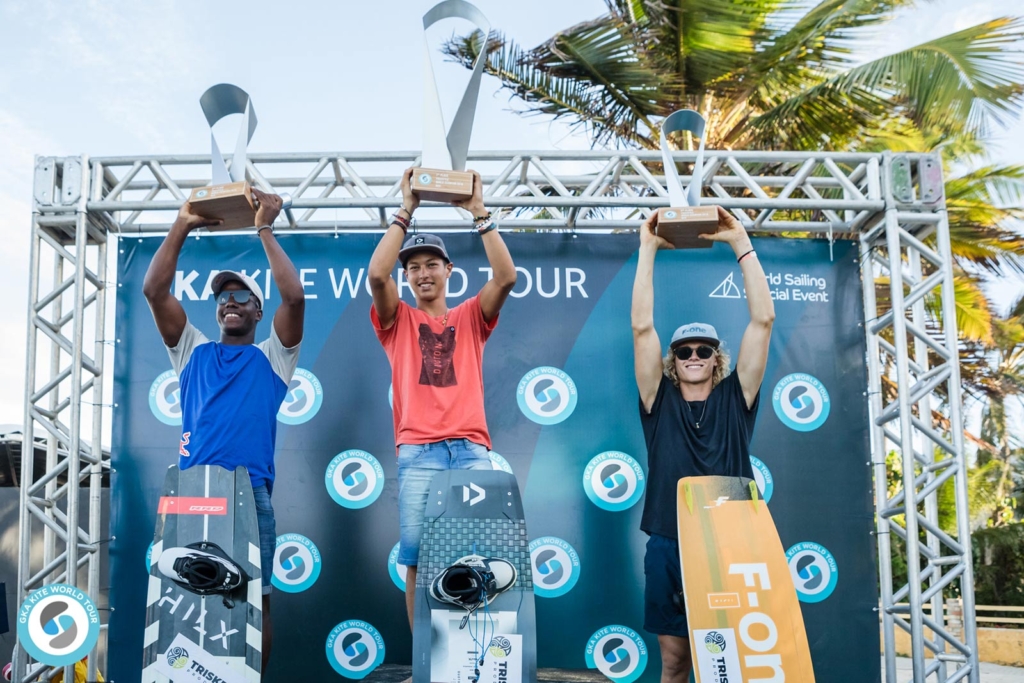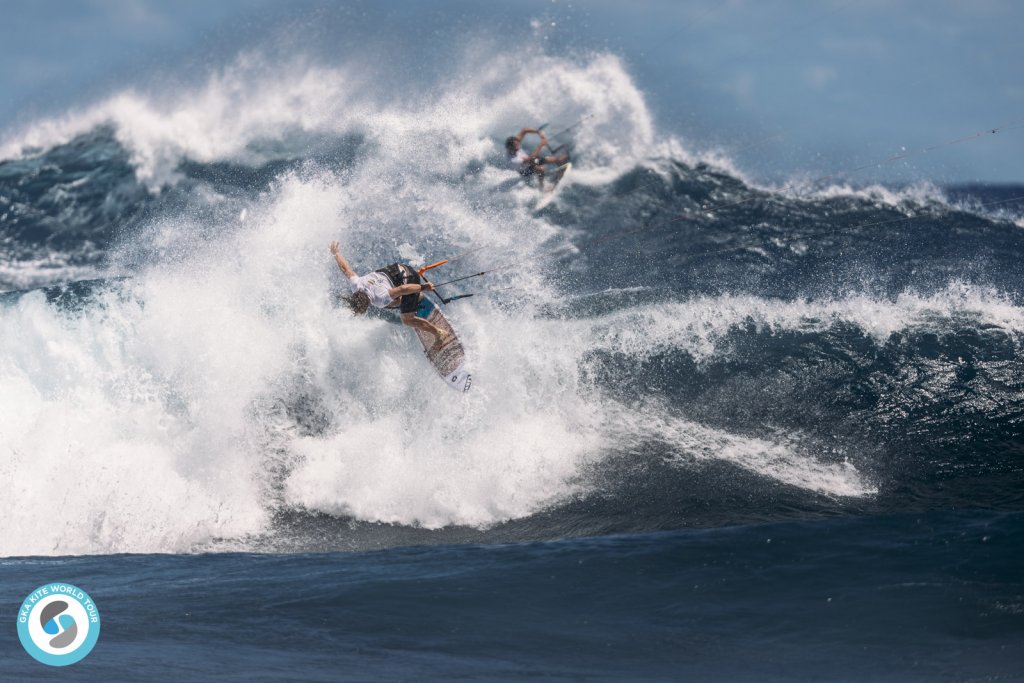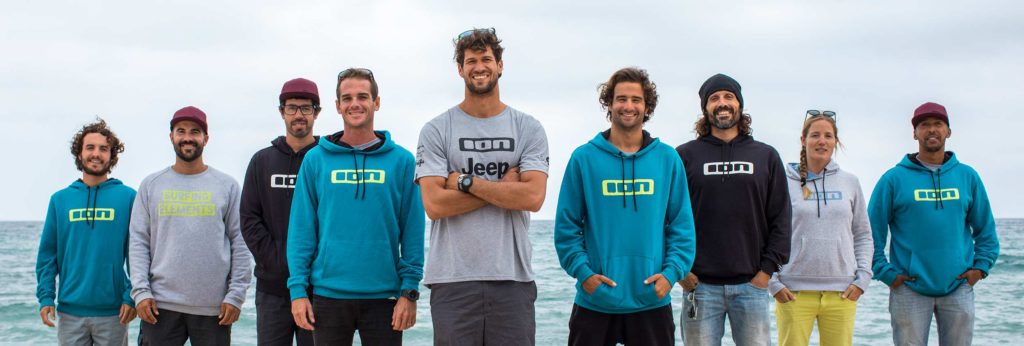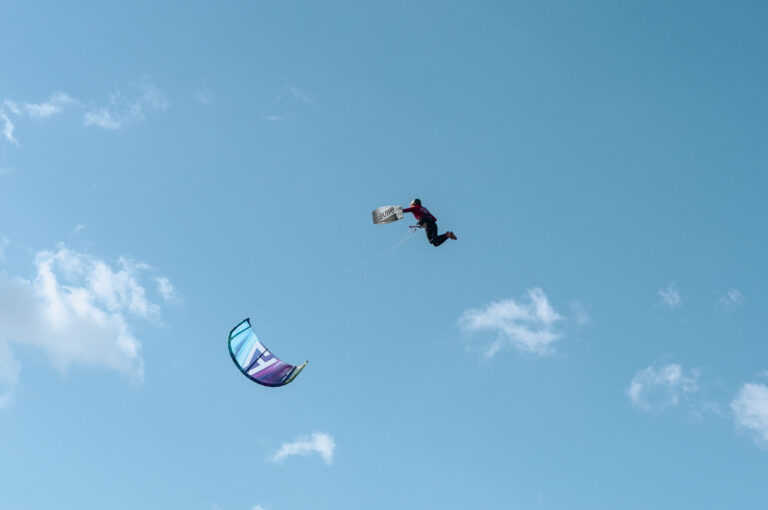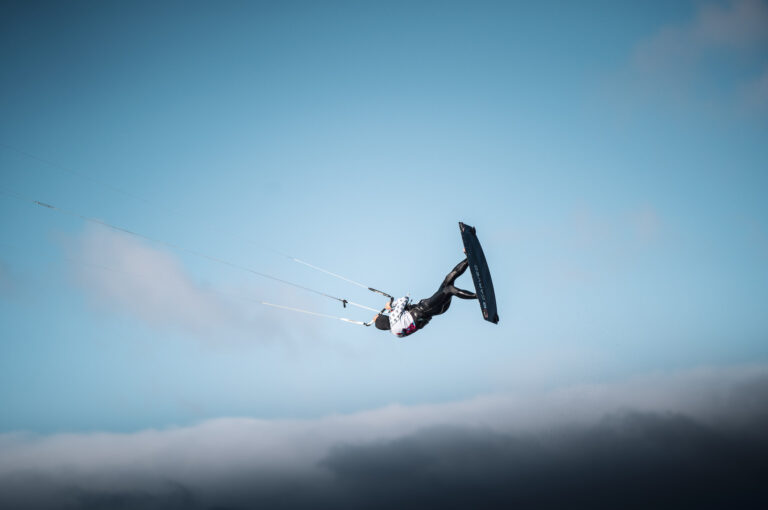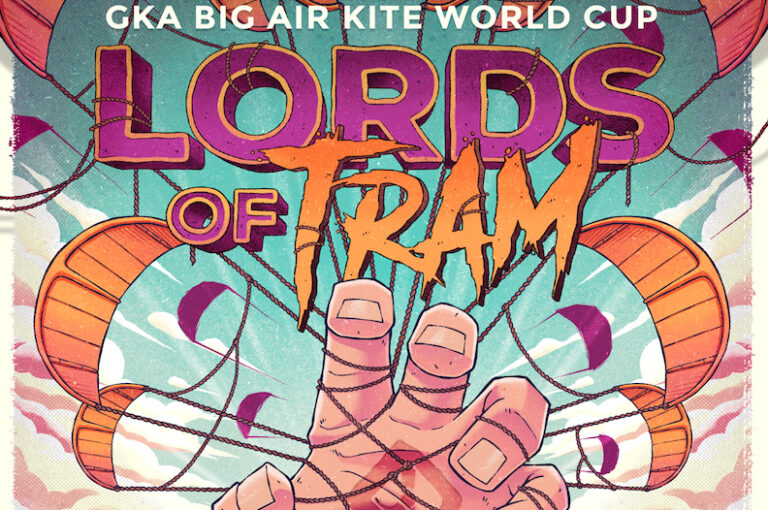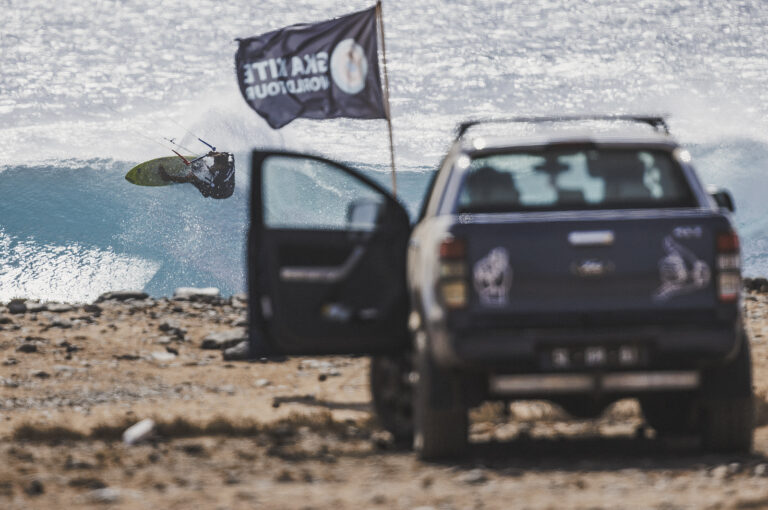Monday 23th February
Location: Newcastle, UK
Words: Kate Chandler
There have been some changes to the structure of the elimination process in competitions for both the Kite-Surf and Freestyle disciplines.
The tour begins next weekend with GKA Kite-Surf World Cup Cape Verde, but before the competition starts, have you heard about the changes to the elimination process, and what the judges are looking for on the water in 2020?
There have been some changes to the structure of the elimination process, there will no longer be qualifiers for events, and the new Dingle elimination process will make competing more equitable for each rider.
The elimination ladder for 2020 has a new adapted Dingle. We’ve used Dingles in the past but this year instead of doing qualifiers we’ve decided to add 2 rounds that will replace the qualifiers.
These rounds are not officially Qualifiers, but as the TOP 16 + 2 GKA wildcards are already pre-seeded in round three the new riders, or lower ranked riders have to battle to reach round 3 in order to compete against the big names. These rounds are not too difficult, in that only one rider out of the three loses on round 1, and second placed riders get a second chance to make it to round 3 in round 2. This is the only difference compared to the dingle ladder used in 2019.

